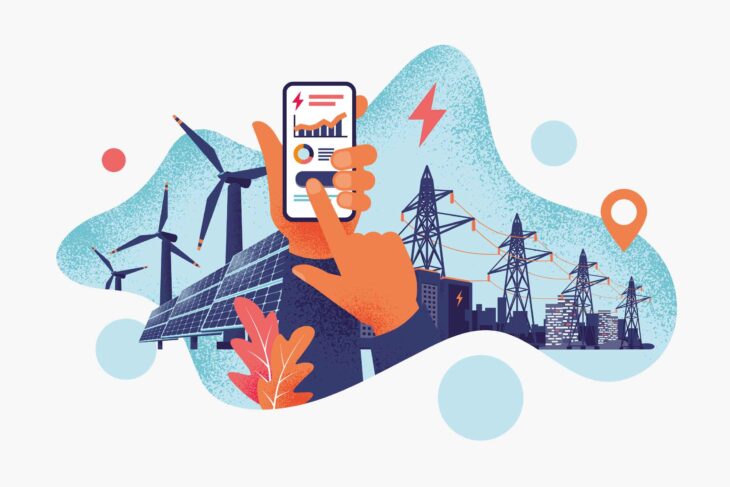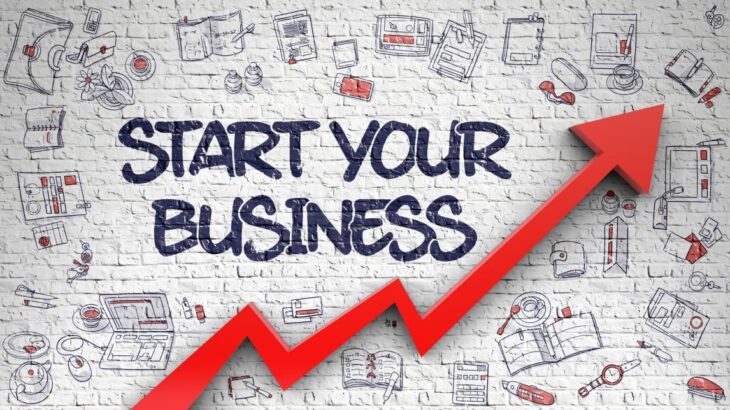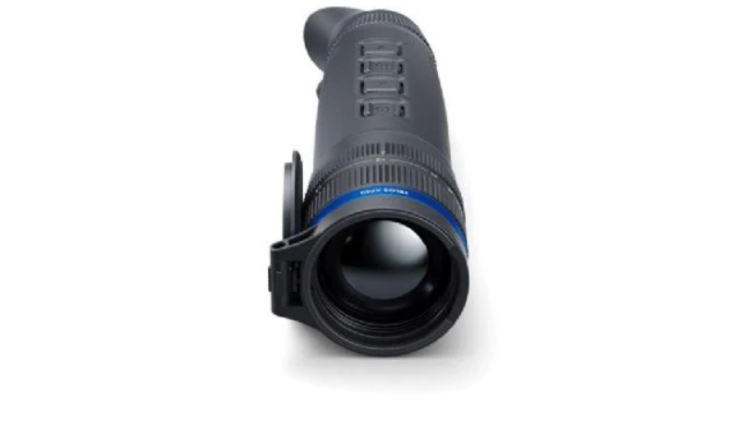Today, the world is primarily connected to a vast network of supply chains. As a result, people can easily enjoy products from all over the globe. But the advent of COVID-19 has significantly disrupted this process.
Due to the pandemic, import and export manufacturing was forced to slow down. And now, after a year of the embargo, the world is experiencing strong demand for industrial products.
Thanks to China’s General Administration of Customs data, China’s exports jumped 60.6% in dollar terms in January-February as compared to the same time in 2020. This figure is much higher than the 40% estimated by Bloomberg economists.
However, these numbers are off on a low base due to the closure of factories and businesses in China in 2020 to control the coronavirus outbreak. Still, they reflect strong demand, especially for medical equipment and work-at-home devices. Now, all factories are opening slowly, and the demand for suppliers is also gaining momentum.
But, there are always risks when choosing suppliers, and sourcing from China is no exception. Fortunately, companies can take steps to review their suppliers and ensure they are using the lowest risk suppliers possible. Let’s look at several ways to assess the level of risk when selecting a particular supplier and to manage perfect quality control service.
Use of checklists
The procurement or quality department should use a checklist every time they select a supplier. Having a set of criteria that you can refer to will make the screening process run more smoothly. When creating a checklist, think of it as creating a process to follow every time you select a new supplier. Each criterion on the list must be met for the supplier to be considered low or zero risks.
Ideally, the quality department will work with the procurement team to create a checklist that the procurement team will use when considering a new source or supplier.
Conducting a risk assessment
Just as you can’t make it a life goal to “be great,” you may not be able to eliminate risk concerning suppliers, but you can minimize it. While even the best screening process cannot eliminate all risks, a supplier risk assessment can help you understand the risks involved in selecting a particular supplier from China.
What can a supplier risk assessment tell you? Essentially, an audit of a particular supplier’s technical capabilities, policies, and overall financial condition can provide insights into their business practices. Just as a landlord uses a credit report to screen potential tenants, a supplier risk assessment can give you some insight into the background of the supplier you want to use.
Conduct regular audits
Okay, so you use a checklist when you review a supplier, and, as a result of the risk assessment, you determine that the supplier is low risk and continue to use them. Does that mean the threat has been eliminated? No, it does not. Throughout the lifecycle of any relationship with a supplier, you must monitor performance against you.
All suppliers should be regularly and systematically audited to ensure that you are not drifting or using suppliers that are not a good fit for your organization. By identifying patterns of supplier behavior through audits, you can reduce the risk in your relationship with each supplier.
What’s the next step?
Our team is committed to supplier quality, and if you are sourcing from China, our pre-shipment inspection services can guide you through every step thoroughly of the new supplier evaluation process. In addition, we have several services that would be useful to use during the supplier evaluation process.
















You must be logged in to post a comment.